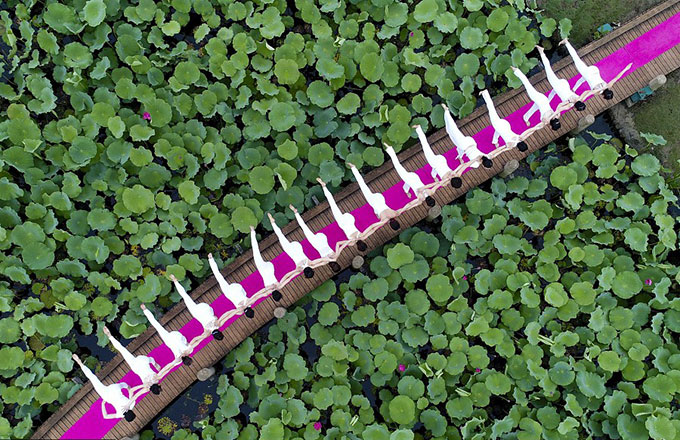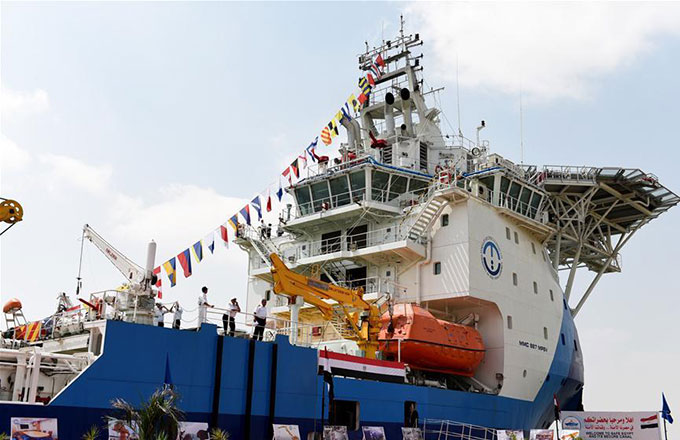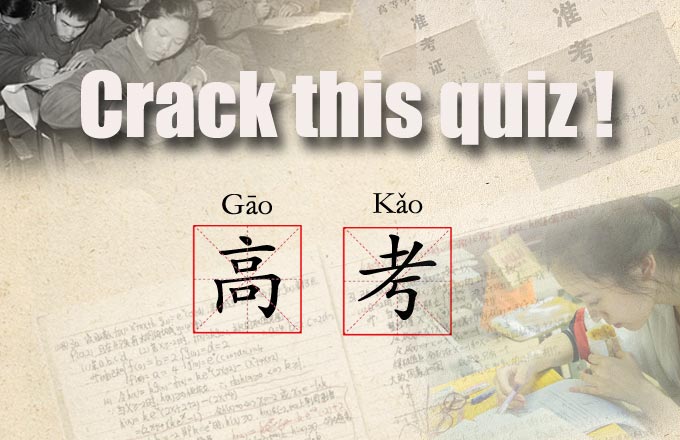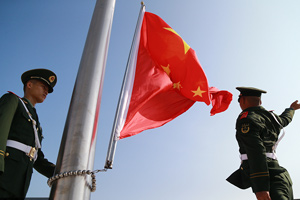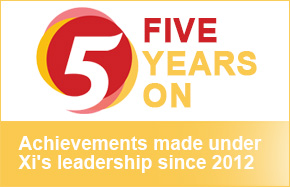When did China get its name?
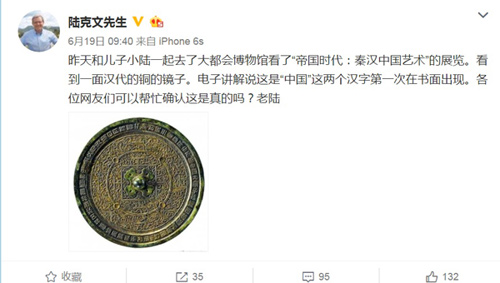 |
|
Kevin Rudd's post asking Chinese netizens if the word "China" first appeared on a bronze mirror from the Han Dynasty. [Photo/Sina Weibo] |
When former Australian prime minister Kevin Rudd visited the Metropolitan Museum of Art in New York recently, a Chinese bronze mirror from the Han Dynasty (206 BC-AD 220) caught his attention.
The electronic guide informed him the mirror featured the first written reference to the country as China.
But Rudd was sceptical and posted on his Weibo account, asking for verification. Chinese netizens were quick to correct the mistake and point out that the characters for the country's name were used earlier on a bronze piece called Hezun, which was unearthed in Northwest China's Shaanxi province in 1963.
Chen Liang, the curator of Baoji Bronze Museum which houses the treasure, confirmed on Tuesday that Hezun, which dates back more than 3,000 years, bears the first written form of "China", reported Xi'an newspaper Huashang Daily.
Hezun (zun is wine vessel) has a 122-word inscription on its base, detailing how the capital city of Luoyang was built by the order of King Chengwang of the Western Zhou Dynasty (c. 11th century-771 BC) .
Among the characters are the words "zhai zi zhong guo", which means "live in the central area of the world". This is evidence that Chinese people were calling their country "zhongguo", meaning China, more than 3,000 years ago, said Chen.
He said either the Metropolitan Museum of Art was mistaken or Rudd had misunderstood its description.
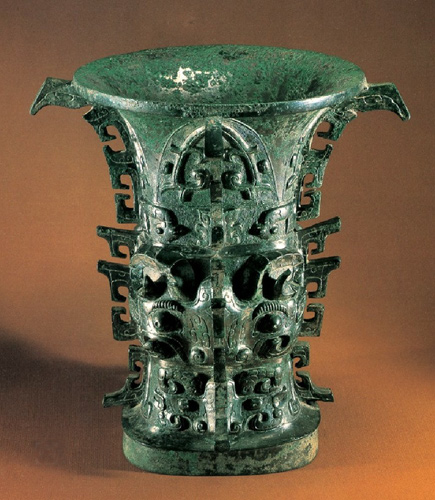 |
|
The word 'China' is believed to have first appeared on this bronze ware Hezun. [Photo/Baoji Bronze Museum] |
In response to Rudd's post, one netizen pointed out that the curator of the exhibition in New York said it only claimed the Han bronze mirror carried one of the earliest written forms of "China", rather than the earliest one.
Huashang Daily contacted Kevin Rudd for comment, but hadn't received a reply.
According to a Xinhua report in 2013, Hezun was unearthed accidentally by a farmer in Jiacun town of Baoji, Shaanxi province, in 1963. The man called Chen Dui, discovered the artifact at an earth cliff near his home. The next year, he gave the bronze piece to a man called Chen Hu.
Chen Hu then sold the artifact to a waste recycling station. Luckily, it was spotted by an employee of the local museum and was bought for 30 yuan ($4.40).
 |
|
The inscription on Hezun, with the characters highlighted in red meaning zhongguo, or "China". [Photo/Baoji Bronze Museum] |
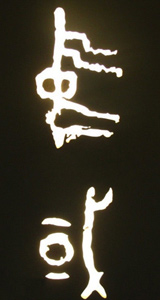 |
|
A closer look at the word zhongguo. |





